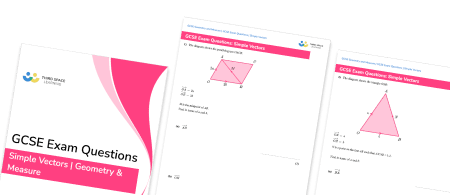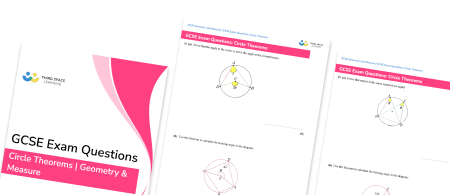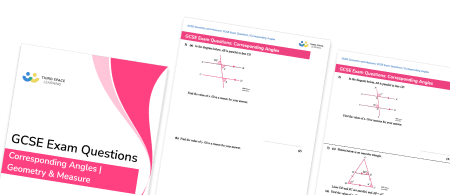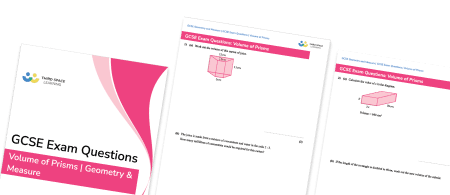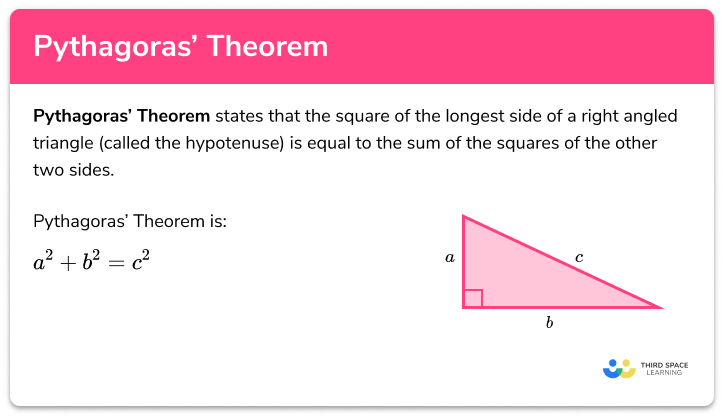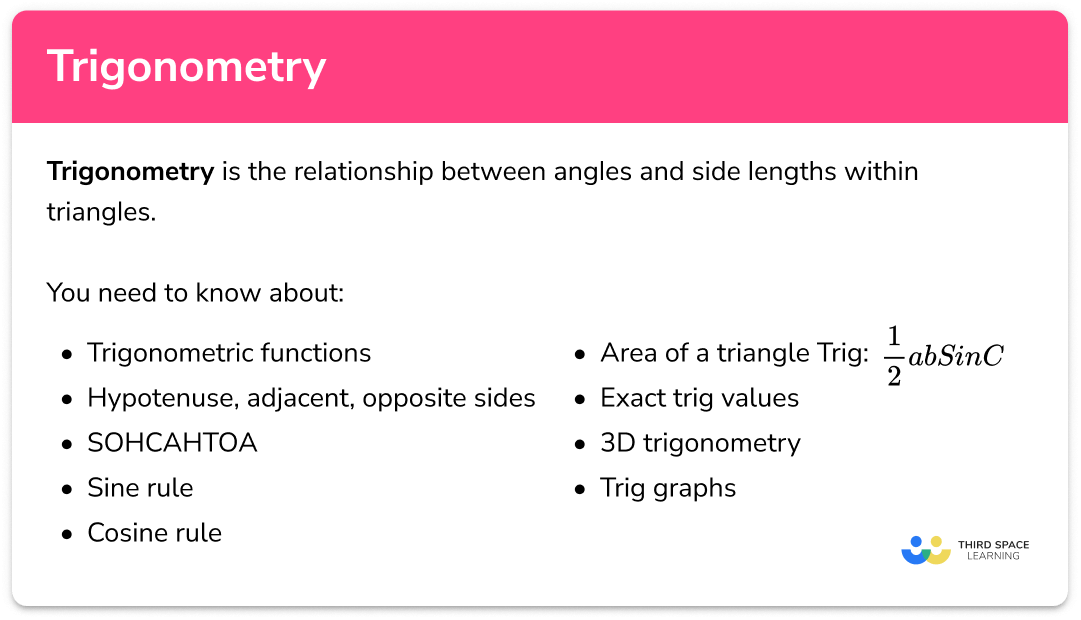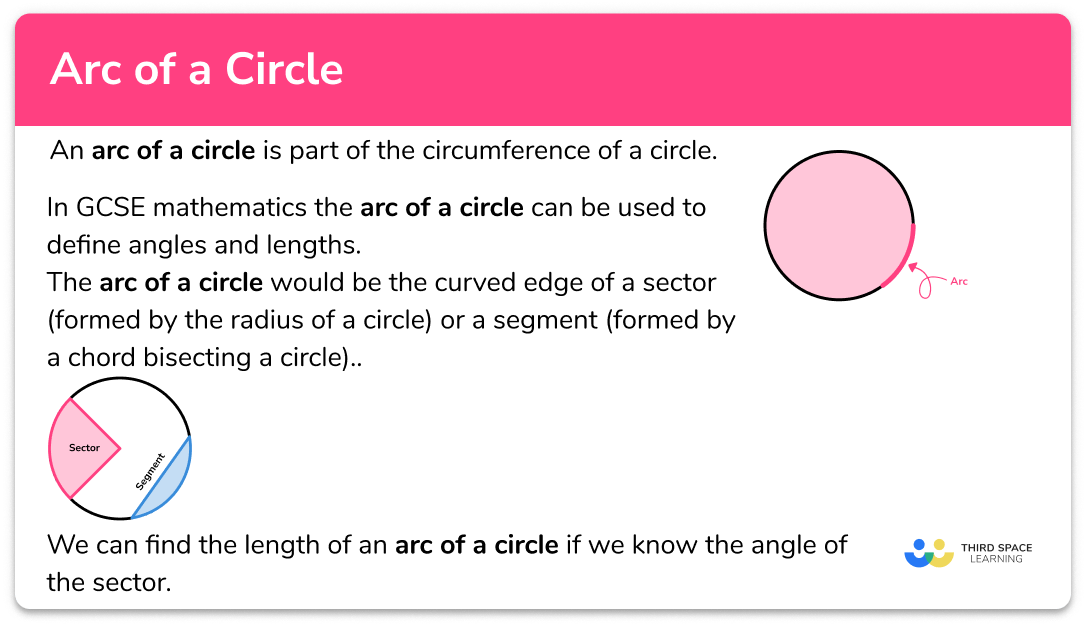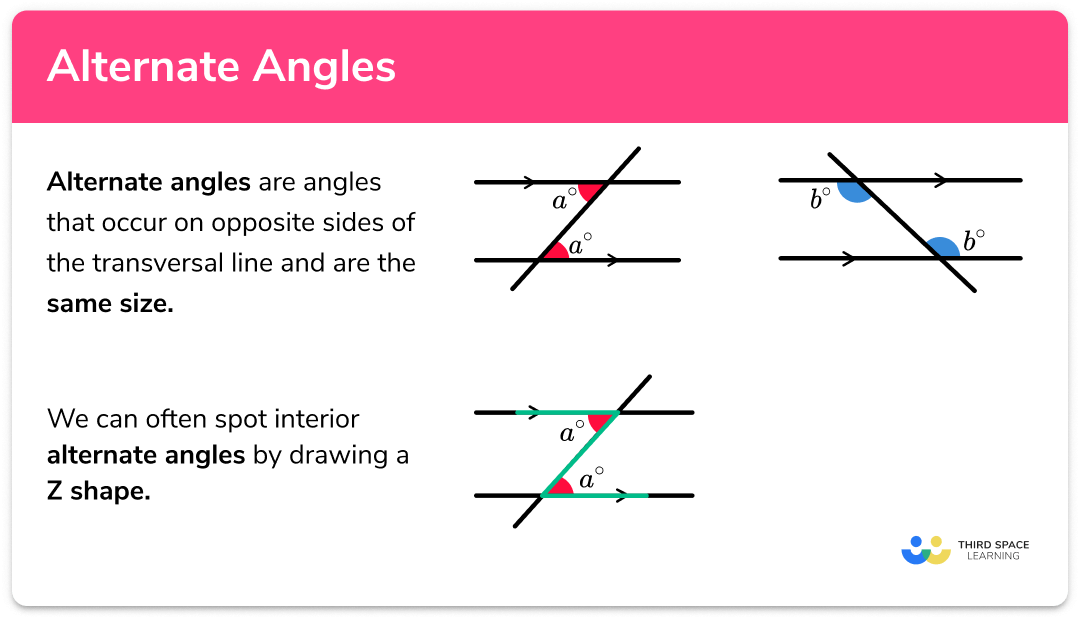FREE DOWNLOAD
Perimeter Worksheet

Help your students prepare for their Maths GCSE with this free perimeter worksheet of 43 questions and answers
- Section 1 of the perimeter worksheet contains 36 skills-based perimeter questions, in 3 groups to support differentiation
- Section 2 contains 4 applied perimeter questions with a mix of worded problems and deeper problem solving questions
- Section 3 contains 3 foundation and higher level GCSE exam style perimeter questions
- Answer keys and a mark scheme for all perimeter questions are provided
- Questions follow variation theory with plenty of opportunities for students to work independently at their own level
- All questions created by fully qualified expert secondary maths teachers
- Suitable for GCSE maths revision for AQA, OCR and Edexcel exam boards
- Free worksheets on related topics such as, area of a parallelogram, area of trapezoids, area of rectangles and area of other 2D shapes are also available.
Perimeter at a glance
The perimeter of a 2D shape is the distance all the way around the outside of it. For the perimeter of a rectangle or other quadrilaterals such as a rhombus or a parallelogram we need to add up all of the side lengths to find the total. The process is the same for irregular shapes and for the perimeter of polygons such as pentagons or hexagons.
Sometimes, students are required to measure the length of the sides from an accurately drawn diagram and then calculate the perimeter as above. It is therefore important that students can work confidently with metric units and decimals.
Compound shapes (shapes made from two or more simple shapes) can be more tricky. For example, if finding the perimeter of rectilinear shapes, it is important that students carefully identify the outside edges of the shape and don’t just add up all the side lengths they can see. More complex problems could include using subtraction to find a missing side length, or to use 2D shape properties to work out the side lengths and then find area. Perimeter word problems could require students to calculate the length of a fence or boundary.
Looking forward, students can then progress to additional geometry worksheets, for example an area of a rectangle worksheet or angles in polygons worksheet.
For more teaching and learning support on Geometry our GCSE maths lessons provide step by step support for all GCSE maths concepts.
Do you have students who need additional support?

With Third Space Learning's secondary maths tutoring programmes, students in Year 7-11 receive regular one to one maths tutoring to address gaps, build confidence and boost progress.
"My confidence in the tutoring is high. We've had some phenomenal results. I even had one girl get a Grade 8 this year; she came to every tutoring session."
Stacey Atkins, Maths Director, Outwood Grange Academies Trust

